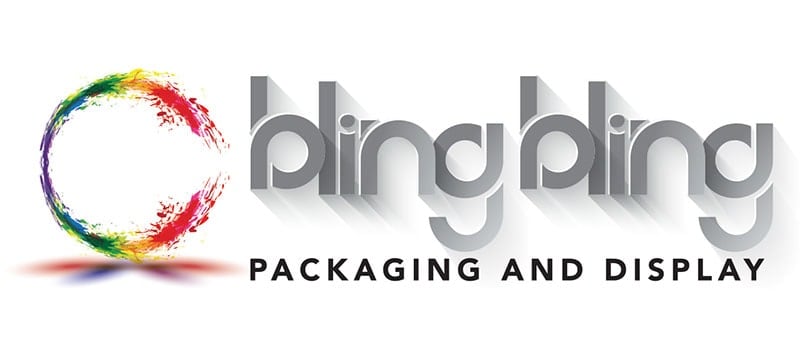Custom packaging is an essential aspect of product branding and marketing; it allows businesses to create unique and memorable experiences for their customers. From choosing the materials to designing the graphics, every detail is tailored to reflect the brand’s identity and values. Ultimately, it plays a crucial role in influencing purchasing decisions and enhancing brand loyalty.
Since 1987, Bling Bling Packaging has provided high-quality packaging solutions to businesses worldwide. We specialize in creating custom designs that stand out on the shelves and leave a lasting impression. Our commitment to innovation and excellence has also earned us a reputation for delivering premium solutions tailored to our client’s unique needs.
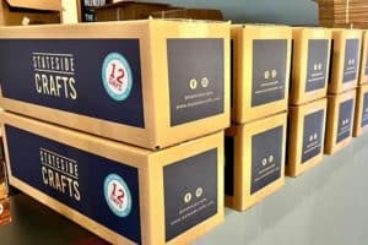
Role of Product Packaging in Brand Enhancement
Product packaging plays the following roles in enhancing a brand’s identity, visibility, and perception in the market:
- First Impression
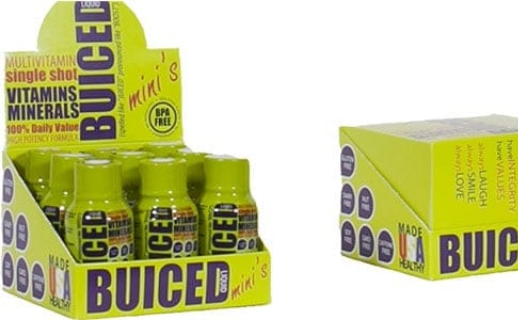
First Impression
Packaging is the first point of interaction between the consumer and the product. People see it on shelves or online, shaping their first impression of the brand and item. This initial contact affects whether a consumer chooses to explore more or switch to a competitor’s products. A visually appealing and well-designed package can immediately capture attention and spark curiosity.
- Brand Recognition
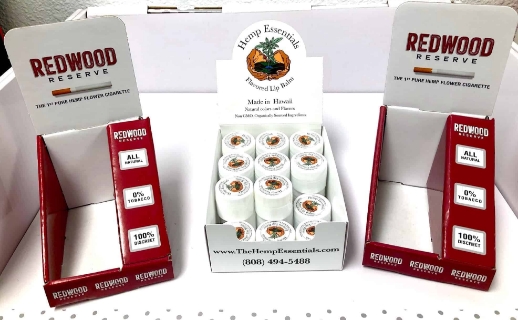
Brand Recognition
Consistency in packaging design is essential for building a brand identity. When consumers encounter packaging that shares similar design elements across different products within a portfolio, they are more likely to develop familiarity and recognition. This consistent visual image also fosters trust and reliability, making it easier for consumers to locate and choose products from their preferred company.
- Differentiation
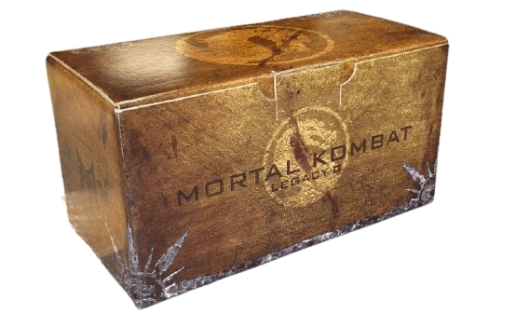
Differentiation
Today’s saturated market bombards consumers with numerous choices, so packaging is a powerful tool for differentiation. Unique packaging designs, innovative shapes, distinctive colors, and attention-grabbing graphics help products stand out from competitors on crowded store shelves. Effective packaging design also communicates the brand’s unique selling points and sets it apart.
- Consumer Experience
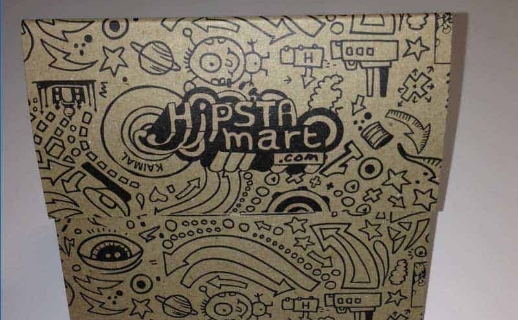
Consumer Experience
Packaging significantly impacts the overall consumer experience before, during, and after the purchase. An intuitive and user-friendly package design enhances convenience and usability, making it easier for consumers to handle, open, and dispose of the product. In contrast, poorly designed or impractical packaging can detract from the consumer experience at every stage of the purchasing journey.
- Brand Storytelling
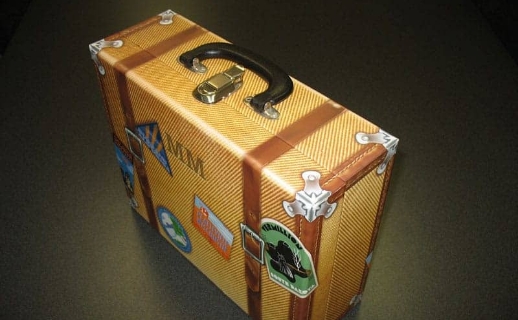
Brand Storytelling
Packaging provides a tangible canvas for businesses to communicate their stories, values, and ethos to customers. It expresses the company’s identity, history, mission, and values using carefully produced visual and linguistic components. Brands can also use their packaging to share compelling narratives and engaging storytelling and forge deeper connections with consumers.
- Perceived Value
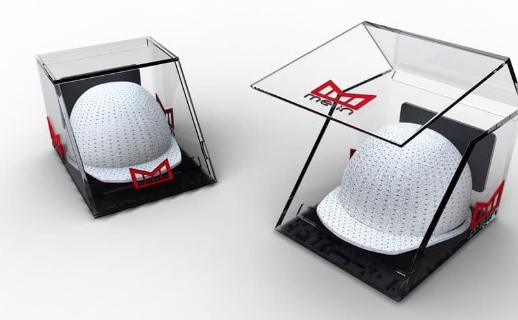
Perceived Value
An aesthetically pleasing package conveys a sense of sophistication, elegance, and premiumness. Consumers are likely to associate these with higher quality and value. Brands can also use packaging to create a sense of exclusivity and scarcity, further enhancing the product’s perceived value. For example, limited edition or special designs can evoke a sense of urgency and desire among consumers.
Importance of Customization in Packaging
Customization in packaging is crucial in today’s competitive marketplace, where brands strive to connect more with their target markets. It allows businesses to communicate their unique identity, values, and stories effectively, fostering a deeper emotional connection with prospective customers. Whether through personalized messages or design elements, customized packaging demonstrates a brand’s commitment to understanding the individual preferences of its consumers.
Moreover, customization enables brands to effectively address diverse consumer preferences and market segments. By offering customizable options such as size, color, material, or graphics, businesses can cater to their target audience’s varied tastes and lifestyles. This flexibility allows them to quickly adapt to changing consumer trends, preferences, and market demands.
Lastly, custom packaging is a strategic investment for brands seeking to optimize their supply chain and operational efficiency. They can minimize shipping costs and streamline inventory management processes by tailoring packaging to the specific dimensions of the products. From a logistical standpoint, this precision ensures that packages occupy minimal space during transportation.
Popular Types of Custom Packaging Strategies
Each of the following packaging strategies offers unique opportunities for brands to differentiate themselves, connect with consumers, and drive sales:
-
Branded Packaging
Branded Packaging
Branded packaging involves consistently incorporating the brand’s logo, colors, typography, and other visual elements across all packaging materials. This strategy helps build brand recognition and loyalty, as consumers easily identify products from their preferred brand amidst competitors. It also reinforces messaging and values, contributing to a cohesive brand image.
-
Eco-Friendly Packaging
Eco-Friendly Packaging
With increasing consumer awareness and concerns about environmental sustainability, eco-friendly packaging has become a popular strategy for brands. This type utilizes materials that are recyclable, biodegradable, or made from renewable resources, reducing the environmental impact of packaging waste. It also emphasizes sustainable practices throughout the entire product lifecycle.
-
Luxury Packaging
Luxury Packaging
Luxury packaging aims to create a sense of exclusivity and sophistication around the product. It often involves using high-quality materials, such as specialty papers, embossed finishes, metallic accents, and custom shapes or structures. Its designs are carefully crafted to evoke a lavish experience for consumers, enhancing the product’s perceived value and justifying premium pricing.
-
Minimalist Packaging
Minimalist Packaging
Minimalist packaging focuses on simplicity, clarity, and elegance in design. It strips away unnecessary elements and uses clean lines, ample white space, and understated graphics to create a sleek and modern aesthetic. It also communicates a sense of sophistication while emphasizing the product, appealing to consumers who appreciate clean and uncluttered design.
-
Interactive Packaging
Interactive Packaging
Interactive packaging engages consumers through interactive elements or features that enhance the user experience. This could include augmented reality (AR) components, QR codes for accessing additional content or promotions, or interactive packaging designs encouraging hands-on exploration. It also offers opportunities for gamification.
-
Seasonal or Limited Edition Packaging
Seasonal or Limited Edition Packaging
Seasonal or limited edition packaging is intended to coincide with certain holidays, events, or promotional campaigns. It creates a sense of urgency and excitement among consumers, driving sales and encouraging repeat purchases during special periods. The designs are often temporary and feature thematic elements that align with the occasion.
Emerging Trends and Technologies in the Packaging Industry
The following trends and technologies represent innovative approaches to packaging design, materials, and functionality:

Elevate Your Product Presentation With Bling Bling Packaging!
At Bling Bling Packaging, we deliver unparalleled expertise and dedication to crafting tailored packaging solutions that exceed your expectations. With a team of professionals and state-of-the-art facilities, we ensure that every aspect of the packaging project is executed precisely. We also invest in continuous innovation and technology to stay at the forefront of the packaging industry.
Contact us today to learn more about our services.
